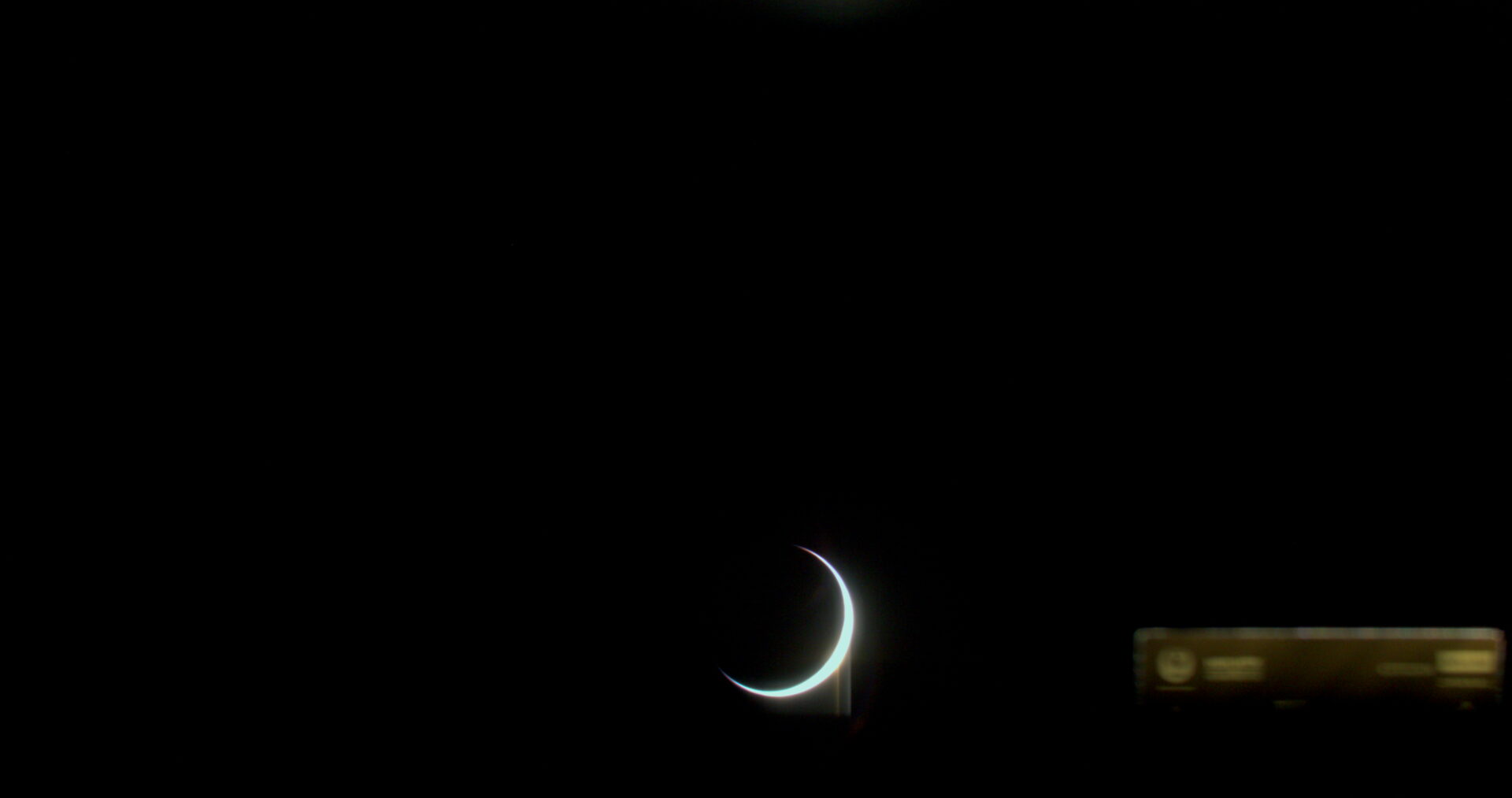The Japanese company iSpace has published the first photo taken by the camera of the HAKUTO-R spacecraft. The image shows the Earth.
The Earth through the eyes of HAKUTO-R
HAKUTO-R went into space on December 11. In a statement published after the launch, iSpace reported that the spacecraft was in a stable position, reliable communication had been established with it and it was receiving sufficient energy.

In addition, the company published the first picture taken by a camera mounted on the lander. It demonstrates a sickle. It may seem like a crescent moon, but in fact it belongs to our planet. The picture was taken 19 hours after the launch.
Goals of the HAKUTO-R mission
The HAKUTO-R spacecraft is designed to deliver cargo to the lunar surface. In about three months, it will enter a lunar orbit, after which it will try to land in the Atlas crater. If successful, iSpace can go down in history as the first commercial company to successfully solve the problem of a soft landing on the Moon.

In addition to a number of scientific instruments provided by both commercial and government customers, HAKUTO-R would also land the first ever Arab rover Rashid on the Moon. The 10-kilogram spacecraft was built by the Mohammed Bin Rashid Space Center (UAE). It is designed to work for one lunar day (14 Earth days).
Recall that together with the HAKUTO-R, the Lunar Flashlight CubeSat also went to the Moon. The 14-kilogram device was built by specialists of the NASA Jet Propulsion Laboratory. It is designed to search for traces of water ice and volatile substances in the polar craters of the Moon. NASA has already confirmed that communication has been established with Lunar Flashlight and it is in good technical condition. CubeSat is expected to reach the Moon at about the same time as HAKUTO-R.
According to https://ispace-inc.com
Follow us on Twitter to get the most interesting space news in time
https://twitter.com/ust_magazine

